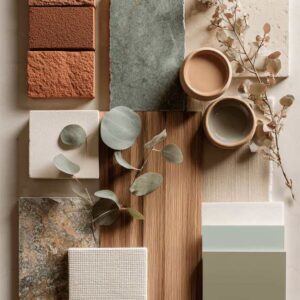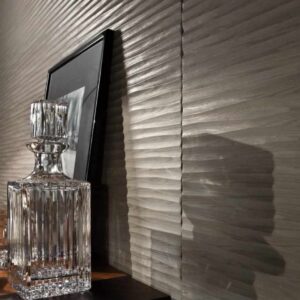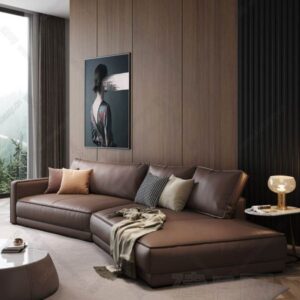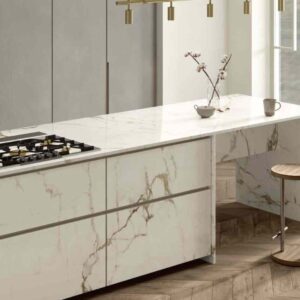Ceramic kitchens: how are they designed? When are they recommended?
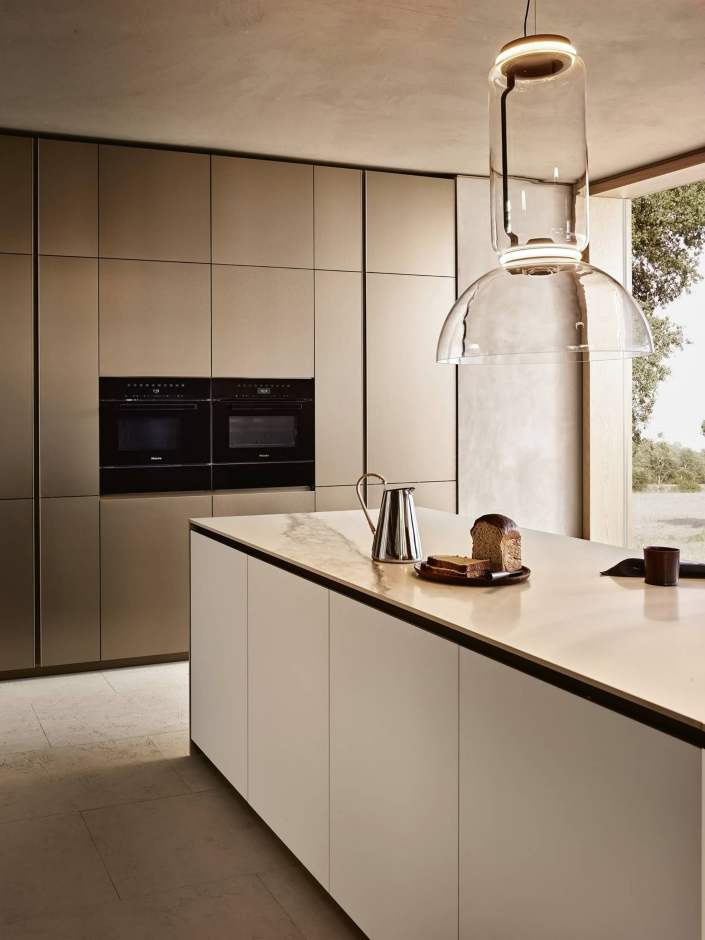
Today’s post is dedicated to a niche topic in interior design: ceramic kitchens. On the other hand, ceramic’s ability to combine strength and beauty makes it ideal for those who want a kitchen that will last over time without sacrificing style.
In addition, the variety of finishes, colours and textures available for this type of furnishing solution allows you to customise each project, adapting it with equal ease to classic, industrial or contemporary contexts. So let’s begin our guide!
What are the advantages of furnishing with ceramic kitchens?
Ceramic kitchens are an excellent example of how investing in quality materials can make a real difference, both aesthetically and practically. Despite being an ancient material, ceramic manages to offer results that are surprisingly contemporary. This is especially true when it is used to create a kitchen.
A starting point: a truly functional kitchen must be welcoming and practical to use. From this point of view, ceramic kitchens are clearly superior to alternative solutions using traditional or modern materials. Why is this? Well, for example, ceramic is, by its very nature, a highly hygienic material and is therefore ideal for use on surfaces that come into daily contact with food. Thanks to its non-porous surface, ceramic does not absorb liquids, odours or bacteria.
In addition to being safe and easy to clean, ceramic is also very durable. In fact, this material is highly resistant to heat, humidity and sunlight. This means that hot pots can be placed on worktops without fear of damage. There is also no risk of surfaces being damaged by contact with water. Another plus? Ceramic does not discolour under the effect of UV rays.
Ceramic also performs excellently in terms of scratch resistance. In fact, even when using knives, sharp materials or various types of utensils, its surface remains unaffected if it is of good quality and well treated.
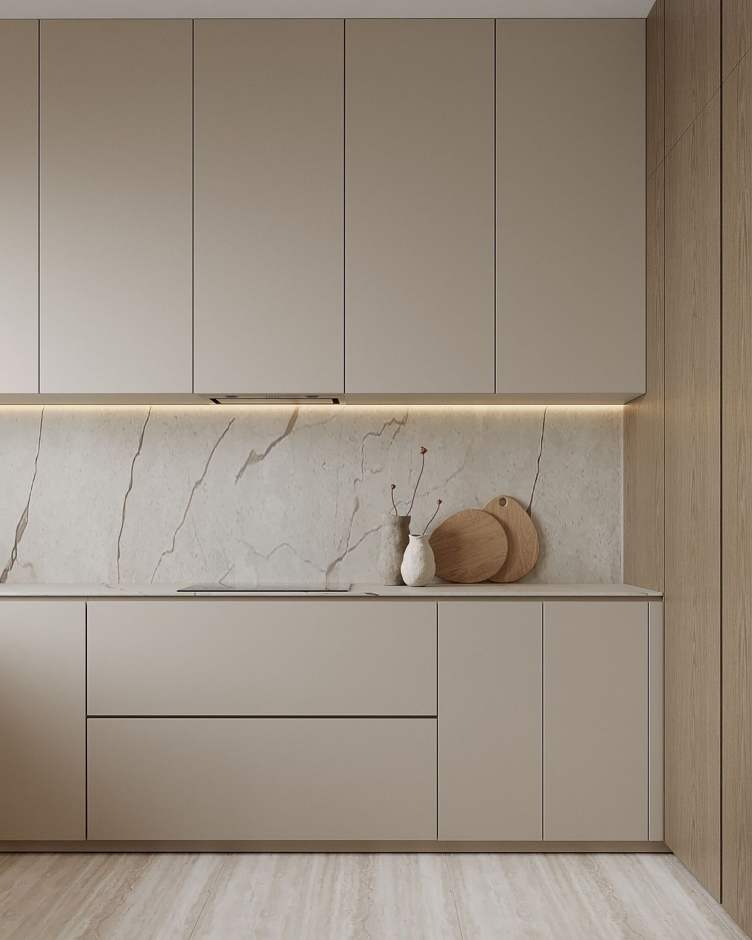
What style should you choose for ceramic kitchens?
When you think of a ceramic kitchen, it is natural to imagine a rustic or Provençal style. Certainly, this type of setting is the most natural for a kitchen where ceramic is the protagonist, but it is not the only one possible.
As you will have understood, ceramic is one of the most versatile materials and contemporary interior design interprets it in unique and surprising ways. Let’s look at a few examples. Those who want a classic-looking kitchen can consider hand-painted ceramic surfaces with traditional floral or geometric patterns. Those who prefer a modern, linear design can choose large ceramic slabs for their wall coverings and worktops.
In modern kitchens (https://www.ilpiccolodesign.it/cucine-moderne/), the protagonists are smooth, glazed surfaces with a satin or glossy finish. These configurations are available in a range of colours, from sophisticated neutrals to bold, contemporary shades.
In addition to their aesthetic appeal, ceramic kitchens also impress with their tactile qualities. Ceramic-coated surfaces have a unique freshness and texture. These properties set them apart from solutions made of metal, wood or technical materials.
How to design a ceramic kitchen?
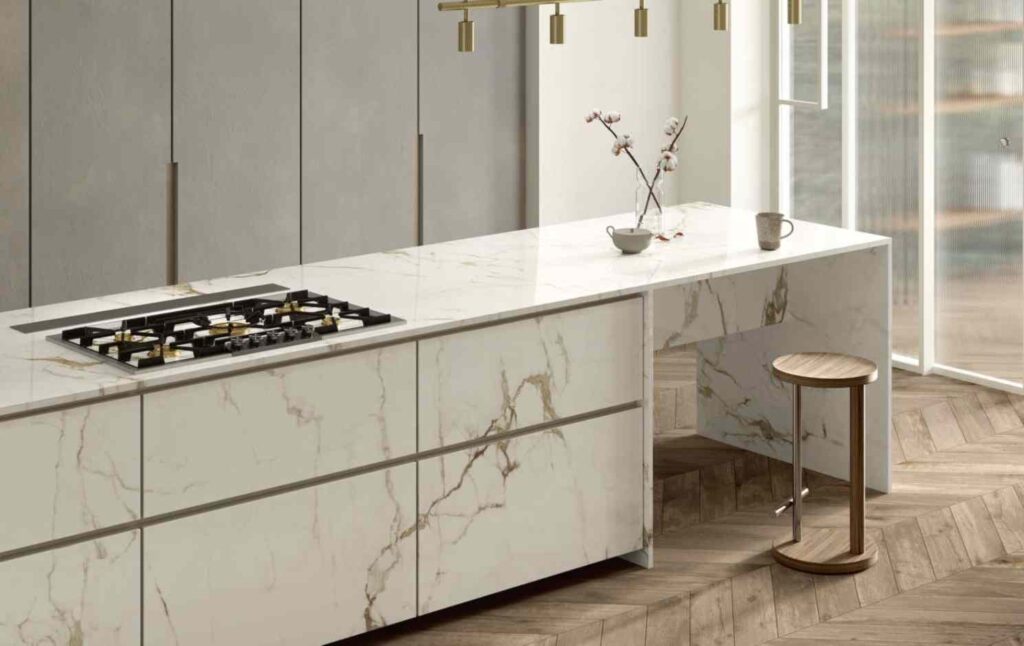
Integrating ceramics into your kitchen requires careful planning that fully enhances the characteristics of the kitchen and the materials used by the interior designer.
The first tip? Put the kitchen at the centre of your interior design project, whether it is an open-plan space that opens onto the living area or a closed room.
During the design phase, it is important to first define the layout of the room and choose which elements of it will be made of ceramic. Just to give a few examples, you can opt for a tiled built-in kitchen or choose ceramic for the doors and/or worktops and sink.
If the doors have strong colours or decorative patterns, it is advisable to balance the whole with walls in neutral tones and sober worktops, perhaps made of natural stone or wood. Conversely, if the ceramic doors have soft tones and clean lines, you can be more daring, opting for combinations such as a coloured resin worktop or a wooden island with visible grain.
The details complete the design of ceramic kitchens. Here we can mention dark or satin-finish metal handles, which will give the room a contemporary look, while brass or bronze handles are ideal for a more traditional result.
Lighting also plays a decisive role in ceramic kitchens. Therefore, carefully studying the layout of the light fixtures helps to create a warm and welcoming atmosphere, as well as improving comfort in everyday use.
Ultimately, designing a ceramic kitchen means seeking the perfect balance between aesthetics, comfort and texture, creating an environment that is not only beautiful to look at but also pleasant to live in, day after day.
Choose a top-notch woodworking shop.
We have over 50 years of experience!
Contact us!
Il Piccolo, second generation family-run carpentry shop, opens its showroom in Lugano. With over 50 years of experience, Il Piccolo brings with it a wealth of technical and design knowledge of the highest level, thanks to the many interiors designed and furnished all over the world. In addition, Il Piccolo represents the most prestigious brands of furniture worldwide. Il Piccolo designs, manufactures and sells the best of interior design made in Italy, following the customer from design to implementation, delivery and installation of the work, integrating the process with a precise and professional service. CONTACT US
